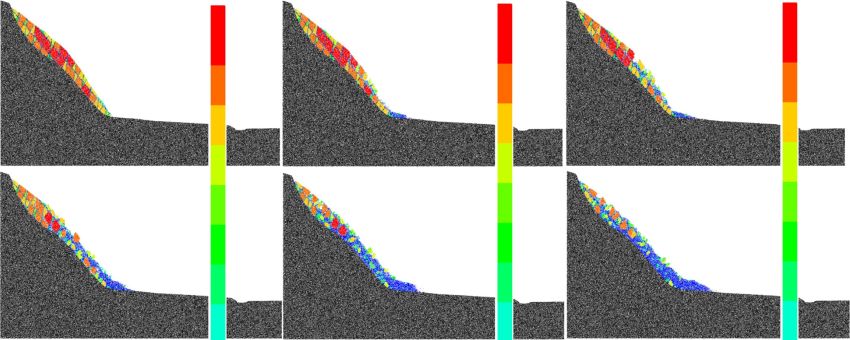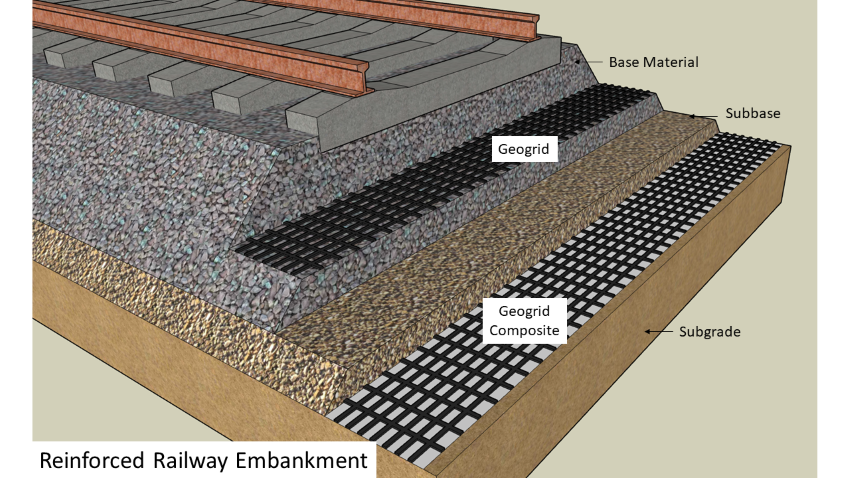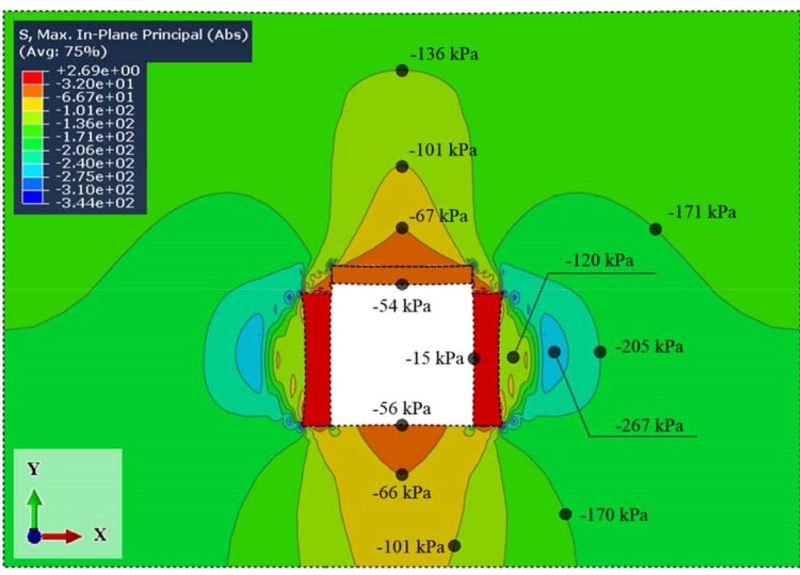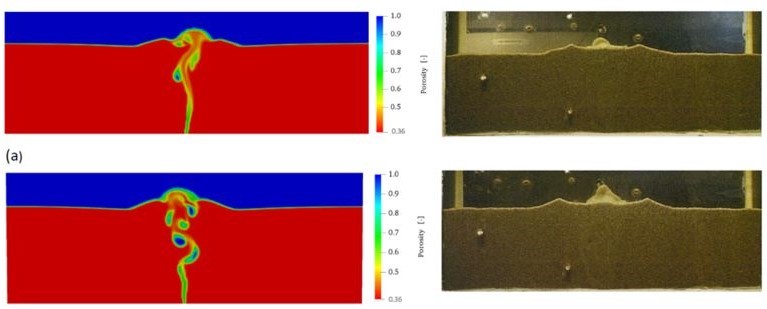|
 |
|||||
|
1. Modeling Landslides Modeling Earthquake Induced Landslide Aiming to understand the dynamic disintegration and transport behavior of an earthquake-induced landslide, a dynamic discrete element method has been employed to analyze the Wangjiayan landslide triggered by the 2008 Ms 8.0 Wenchuan earthquake. Absorbing boundary condition is used for the seismic wave transmission and reflection at the slope base. The numerical results show that under seismic loading, internal rock damage initiates, propagates, and coalesces progressively along the weak solid structure and subsequently leads to fragmentation and pulverization of the slope mass. This can be quantitatively interpreted with the continuously rapid increase of the damage ratio and sudden decline of growth ratio of the number of fragments after the peak seismic shaking.
2. Using Geosynthetics in the Design of Geosystems a) Reinforced Railway Embankments in Cold Climate Research is ongoing to identify critical factors that affect the long-term performance of reinforced embankments in cold climate.
b) Buried Cluverts with Geofoam Inclusion: Earth loads acting on buried structures are known to be influenced by the characteristics of the soil, and the stiffness and geometry of the structure. To reduce earth pressure acting on buried structures, the induced trench installation technique has been recommended and applied in practice for several decades. It involves the installation of a soft zone immediately above the buried structure to mobilize shear strength in the backfill material.
3) Water Flow Through Earth Structures a) Modeling Coupled Flow and Soil Erosion Resolving the interaction between soil and water is critical to understanding a wide range of geotechnical applications. In cases when hydrodynamic forces are dominant and soil fluidization is expected, it is necessary to account for the microscale interactions between soil and water. Some of the existing models such as coupled Computational Fluid Dynamics–Discrete Element Method (CFD-DEM) can capture microscale interactions quite accurately. However, it is often computationally expensive and cannot be easily applied at a scale that would aid the design process. Contrastingly, continuum-based models such as the Two-Fluid Model (TFM) can be a computationally feasible and scalable alternative. In this study, we explored the potential of the TFM to simulate granular soil–water interactions.
|









